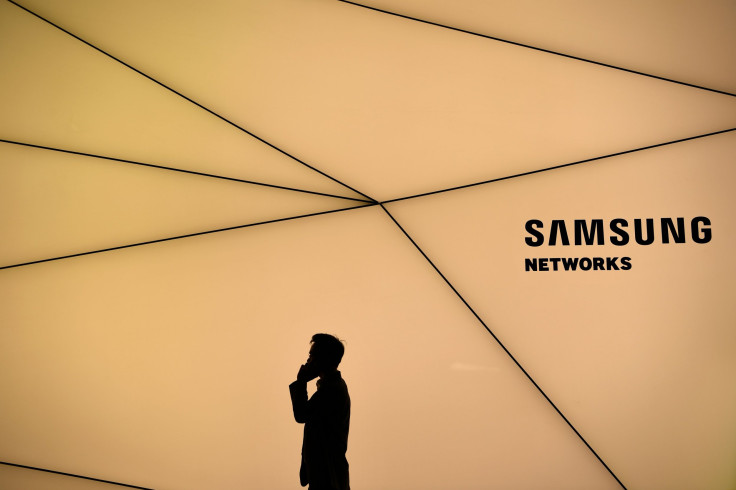Why Samsung Could Be Ditching Smartphone Lithium-Ion Batteries For Graphene

Samsung is rumored to be working on a smartphone that has a graphene battery. What’s with this kind of battery that the Korean giant wants it?
A tweet from known leaker Evan Blass revealed that Samsung is working on a new smartphone that features a graphene battery. The new battery is taking the place of traditional lithium-ion batteries that have been used in mobile devices for quite some time now. The Korean tech giant reportedly wants to release it by 2021.
"Samsung is hoping to have at least one handset either next year or in 2021, I'm told, which will feature a graphene battery instead," the leaker tweeted.
Why would the Korean tech giant want this kind of battery? Blass said it’s because graphene batteries are "capable of a full charge in under a half-hour.”
What is Graphene?
Graphene, touted as a “wonder material” according to CNet, is stronger than steel but lighter than paper. First created by scientists in 2004, it is a thin layer of pure carbon extracted from graphite and packed tightly into a honeycomb structure.
The material can be built into batteries to greatly enhance their performance. It can improve energy storage, helping to prolong battery life and enhance performance.
Graphene can also speed up energy transfer between batteries and chargers. Scientists believe that the material can act as a “superhighway” for charging because it allows energy to pass through very quickly -- enough to charge a phone from zero to 100% in a mere 7 seconds.
Testing Graphene
Samsung tested graphene’s qualities in 2017 and found that it could charge way faster than lithium-ion batteries. According to the company blog, its “graphene ball” has a 45% increased battery capacity and features up to five times faster charging speeds compared to standard lithium-ion batteries.
The Korean giant said that while standard lithium-ion batteries need at least one charging time, even with the use of quick charging tech, to become fully charged, the graphene ball it tested required only 12 minutes charging time. Moreover, the graphene ball can maintain high charging and usage temperatures up to 60 degree Celsius, which means it doesn’t pose a fire hazard.

© Copyright IBTimes 2024. All rights reserved.



















